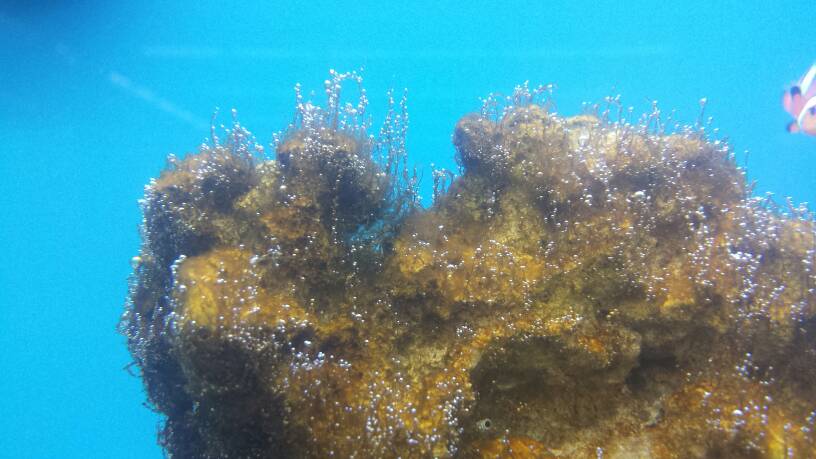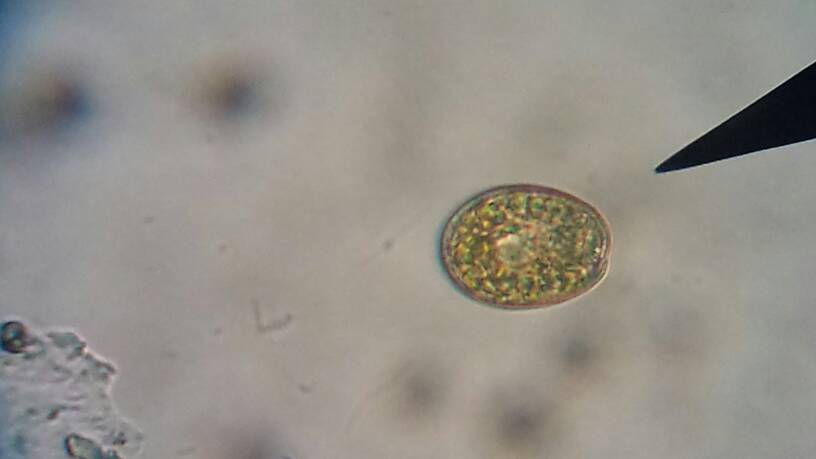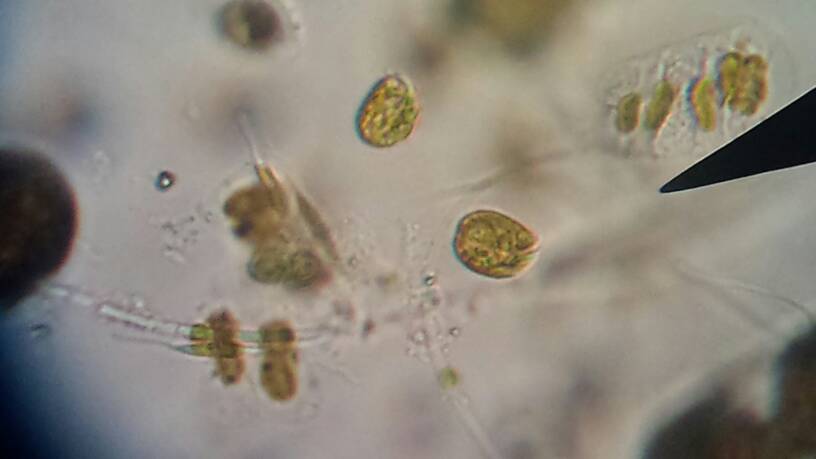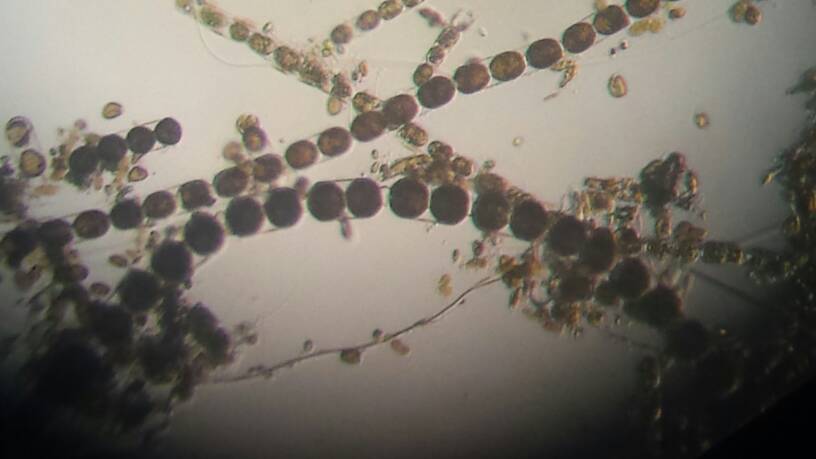Interestingly the blog discusses the entire opposite to what many are attempting to do with NP values.
I'm not sure what the dirty water theory is. Maybe related to a "dirty method" that's been mentioned sometimes?
I'm not sure that's related to what we're doing except in a very general way. (But I'm also not totally sure what it even means, so I could be wrong.)
We are troubleshooting and fixing broken tanks or broken processes.
Can you be more specific about which article(s) and which sections you're referring to?




















